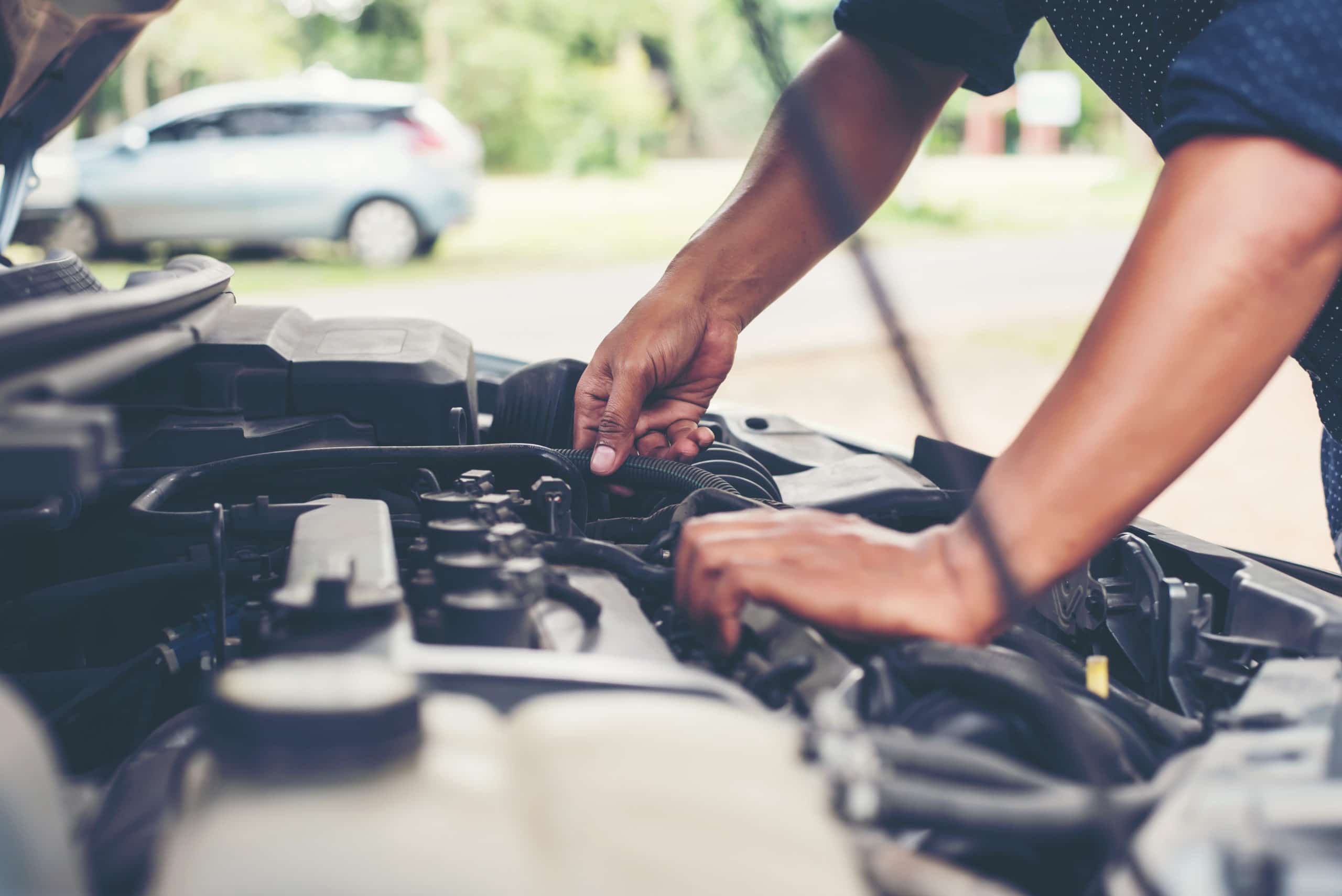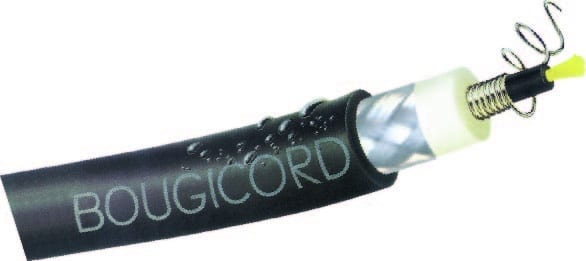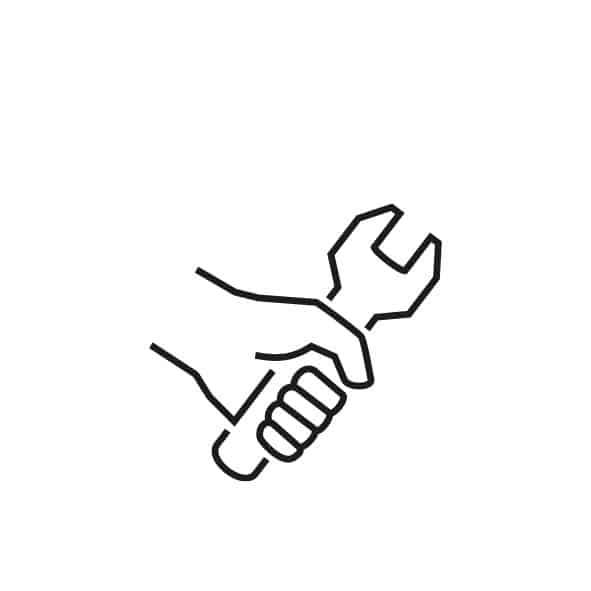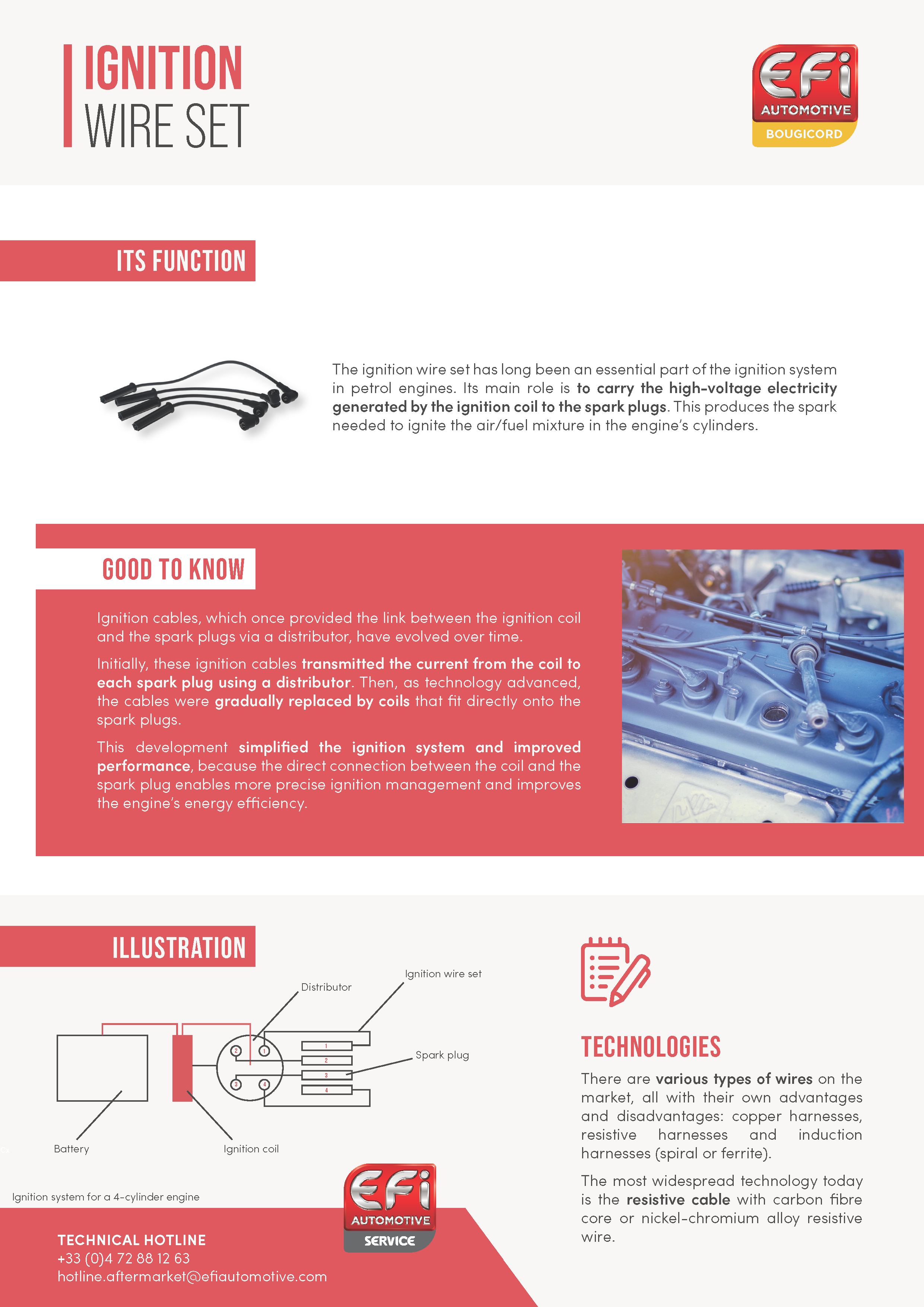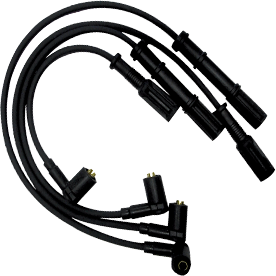Firstly, we strongly advise you to visually check the wire set and its components, i.e., the caps (visible black traces inside), the wires (signs of porosity) as well as the correct connection of the wires.
As a second step, you can perform a test with your motor running, to ensure that there are no abnormal arcs and/or clicks that would indicate a high-voltage electricity leak. However, this operation can be dangerous, so be advised: do not touch the strands when the motor is running, as high voltage can cause electrocution.
You can also check the ignition wire set’s correct functioning by using a multimeter: place the device’s probes at each end of the wire to check the resistance (according to the manufacturers’ specifications). In France, the standard places the permissible resistance at 5 600 ohms per meter of cable, with a tolerance of about 20%, so the range is between 4,480 and 6,720 Ω/m.
If the above tests do not prove conclusive, then it would appear that you will need to replace your vehicle’s ignition wire set.






